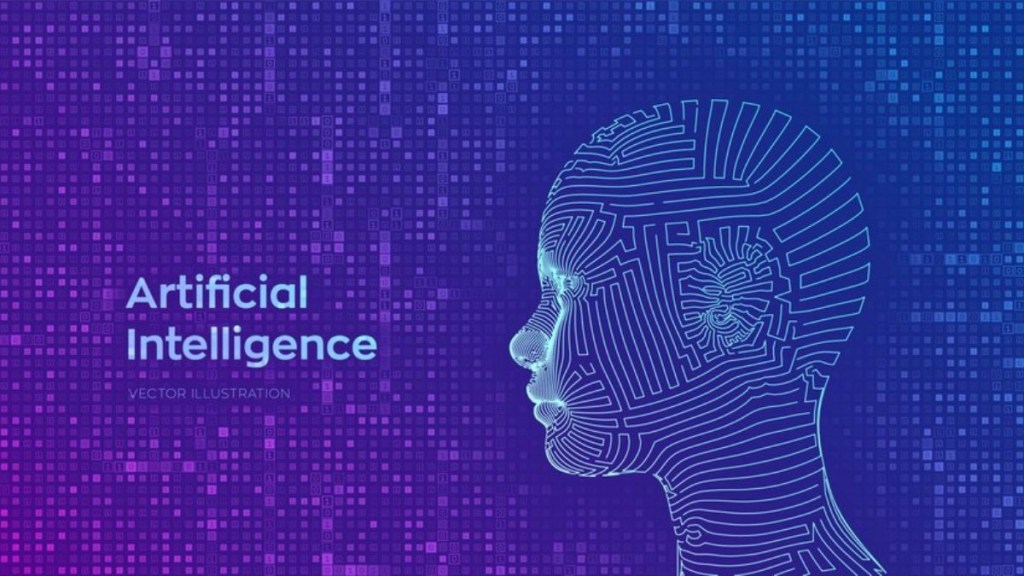By Himanshu Joshi
In the realm of Neuromorphic Computing, where electronic circuits replicate the intricate behavior of brain neurons, real-world applications are broad and impactful. In the pursuit of efficiency, neuromorphic computing offers an exciting future scope for IoT. The emulation of the human brain’s adaptability and learning capacity propels the technology towards creating more responsive and intelligent devices. From powering smart homes with intuitive systems to optimizing interconnected urban infrastructures, the potential of neuromorphic systems in the IoT landscape is vast. The ability to imitate the complex neural networks of the human brain opens doors to advancements in image and speech recognition, autonomous vehicles, and beyond. However, this transformative technology raises ethical concerns as it approaches human-like cognitive capabilities. As we witness the integration of neuromorphic computing into everyday applications, thoughtful considerations are imperative to navigate the ethical dimensions surrounding privacy, security, and data manipulation.
As IoT continues to expand and encompass diverse domains ranging from smart homes to interconnected urban infrastructure, the demand for innovative computing solutions has never been greater. However, as we envision a world where neuromorphic systems seamlessly coexist with IoT, it becomes crucial to anticipate and address potential ethical challenges. Balancing innovation with ethical considerations will shape the trajectory of neuromorphic computing, ensuring a future where it enhances efficiency without compromising the integrity and security of interconnected systems. In this article, we explore how neuromorphic computing holds the key to unlocking the full potential of IoT, ushering in a new era of intelligence, efficiency, and scalability besides touching upon the ethical issues surrounding it.
Understanding Neuromorphic Computing
Neuromorphic computing, inspired by the intricate architecture and functionality of the human brain, represents a departure from traditional computing paradigms. Unlike conventional von Neumann architectures, which rely on sequential processing and centralized memory, neuromorphic systems emulate the parallelism, event-driven processing, and adaptive learning capabilities of biological neural networks. By leveraging principles such as massive parallelism and event-driven modality, neuromorphic computing offers a more efficient and flexible approach to processing complex data in real-time.
Advantages of Neuromorphic Computing for IoT
The adoption of neuromorphic computing in IoT promises many benefits, ranging from enhanced processing power and energy efficiency to increased reliability and adaptability. Here are some key advantages:
More Powerful AI: Neuromorphic chips enable IoT devices to handle complex tasks with unprecedented speed and efficiency. By collocating memory and processing and leveraging parallel processing capabilities, these chips overcome the limitations of traditional architectures, resulting in near-real-time decision-making and enhanced cognitive abilities.
Lower Power Consumption: One of the most significant advantages of neuromorphic computing is its energy efficiency. By adopting an event-driven approach and utilizing components like memristors, neuromorphic systems minimize energy consumption while maximizing performance, making them ideal for power-constrained IoT environments.
Extensive Edge Networks: With the proliferation of edge computing, there is a growing need for IoT devices that can process data locally in real-time. Neuromorphic computing addresses this need by providing the processing power and adaptability required to run advanced applications at the edge, reducing reliance on centralized servers and improving overall system responsiveness.
Increased Reliability: Neuromorphic systems offer inherent resilience and fault tolerance, making them ideal for mission-critical IoT applications. By distributing processing and storage across multiple nodes, these systems can continue to function seamlessly even during component failures, ensuring uninterrupted operation in challenging environments.
Industry Use Cases and Examples
The potential of neuromorphic computing in IoT is already being realized across various industries, with leading companies and research institutions spearheading innovative projects and deployments. Here are some examples:
IBM TrueNorth: Developed in collaboration with DARPA’s SyNAPSE program, TrueNorth is a pioneering neuromorphic chip that simulates millions of programmable neurons and synapses. It has been deployed in real-world applications such as hand gesture recognition and optical character recognition, demonstrating its versatility and scalability.
Intel Loihi: Intel’s Loihi chip represents another milestone in neuromorphic engineering, offering high efficiency and scalability for research and development purposes. With on-chip learning capabilities, Loihi is being used in diverse applications ranging from path planning for robots to adaptive control systems for prosthetic limbs.
Neuralink: While not strictly a neuromorphic company, Neuralink’s work in brain-machine interfaces underscores the potential synergy between biological and artificial neural systems. As Neuralink continues to advance the field of neurotechnology, it may pave the way for future neuromorphic computing applications in healthcare, communication, and beyond.
Societal Impact of Neuromorphic Computing
The application of neuromorphic computing in various industries could potentially lead to technological advancements, creating new job opportunities and economic growth. For example, it can support environmental conservation efforts and sustainable practices through environmental monitoring systems; and reduce healthcare disparities through precise and personalized medical diagnoses. In manufacturing set-ups, it can enhance automation and support robotics that mimic human-like decision-making. In finance, it can be used to analyze high-volume data to support decisions related to financial modelling, risk assessment, and fraud detection. It is also used in domains related to learning and development technologies, cybersecurity, and autonomous vehicles.
Ethical Challenges
As neuromorphic computing becomes more affordable and accessible to all, its integration into different domains raises ethical and privacy concerns. This includes the collection, storage, and analysis of sensitive stakeholder data, the correctness of the analysis, and the identification of biases. Thus, protective measures like encryption, robust privacy policies, etc. along with established guidelines concerning the use of neuromorphic computing can help in addressing the ethical challenges.
Challenges and Future Outlook
Despite the promising advantages of neuromorphic computing, several challenges remain, including high costs, complexity, and ethical considerations. As the field continues to evolve, researchers and industry stakeholders must address these challenges through collaborative efforts and innovative solutions. By overcoming these obstacles, neuromorphic computing has the potential to redefine the future of IoT, enabling smarter, more efficient, and more adaptive systems that seamlessly integrate with our interconnected world.
In conclusion, neuromorphic computing represents a paradigm shift in the way we approach computing for IoT. By drawing inspiration from the human brain and embracing principles such as parallelism, event-driven processing, and adaptability, neuromorphic systems offer a path toward more intelligent, efficient, and resilient IoT solutions. As research and development in this field continue to advance, the possibilities for innovation and transformation are limitless, signifying a future where our technology truly mirrors the complexity and efficiency of the human mind.
The author is professor, information technology, International Management Institute, New Delhi








